The Abondance Valley, Gavot Plateau and the Pays d’Évian form a territory that joins lake and mountains with a rich, multiple, complementary historical heritage. Since 2019, all these codicillary benefits from the title “Pays d’Art et d’Histoire” (Art and History Region). The heritage is vibrant thanks to the locals who are always eager to share it. Who said History was boring!
Abondance cheese is a culinary symbol of our region, and at the Maison du Fromage Abondance it is presented to you in a fun, scientific and sensory way.
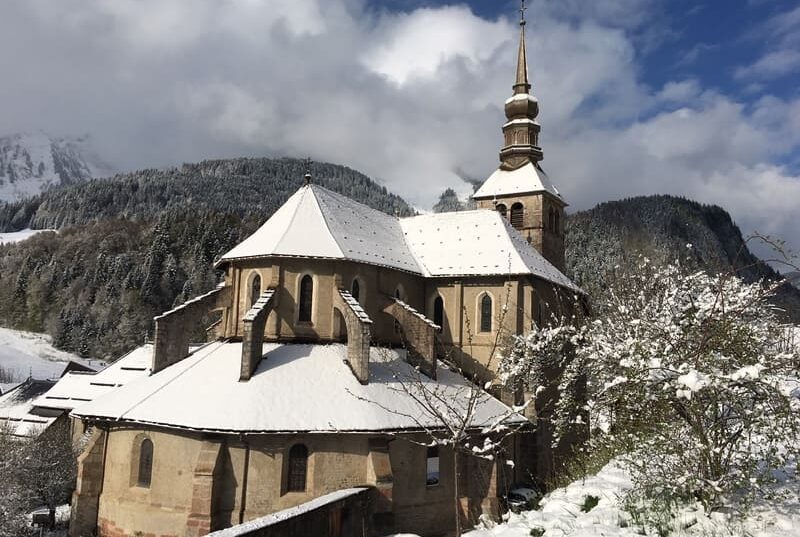
Built in the 12th century, the Abbey has left its mark on the history of Abondance village and shaped the lives of its inhabitants. Located in the middle of the village, at the heart of Chablais, in 1875 this gem became the first Savoyard building to be classified as a historical monument. Its abbey, remarkable cloister and its monastic buildings make the Abbey one of the masterpieces of the Pays d’Art et d’Histoire, Pays d’Évian – Vallée d’Abondance.
Still magnificently preserved, the Abondance Abbey reveals the majesty of its Gothic architecture and all its fabulous artistic treasures.
The team at the Abbey is thrilled to help you discover the riches on this site via a variety of activities and entertainment.
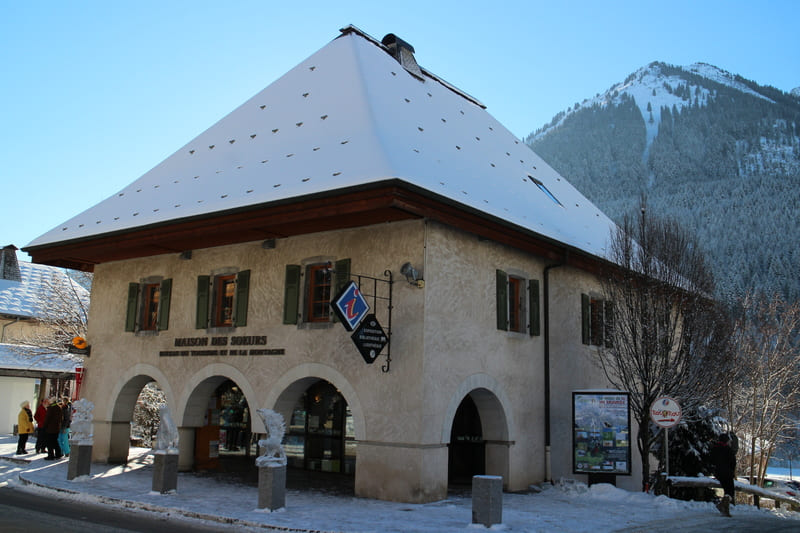
La Maison des Sœurs was originally built for the Sisters of Charity Order nuns’ congregation in 1842. Abandoned for many years, it was renovated to become the location for the current Tourist Office, library, toy and games library and an exhibition space.
In the centre of La Chapelle d’Abondance, village, La Maison des Sœurs is instantly recognisable with its arcades facing the Notre-Dame de Compassion chapel.
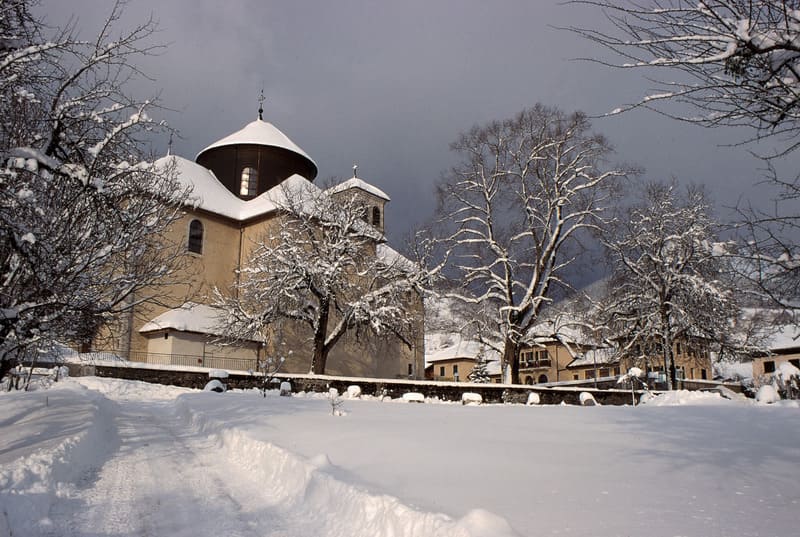
The Saint-Ours church is in Bernex. With its neo-classical style, it is known by many as the “Château Fort” (castle), due to its imposing allure and mass, and its dungeon-shaped belltower.
The church’s largest bell was baptised “Ursus”, in other words “Bear” and weighs 1,210kg. Accompanied by three other bells named “Marie”, “Antoine” and “Joseph”, they chime for joyful events and toll for sadder ones.
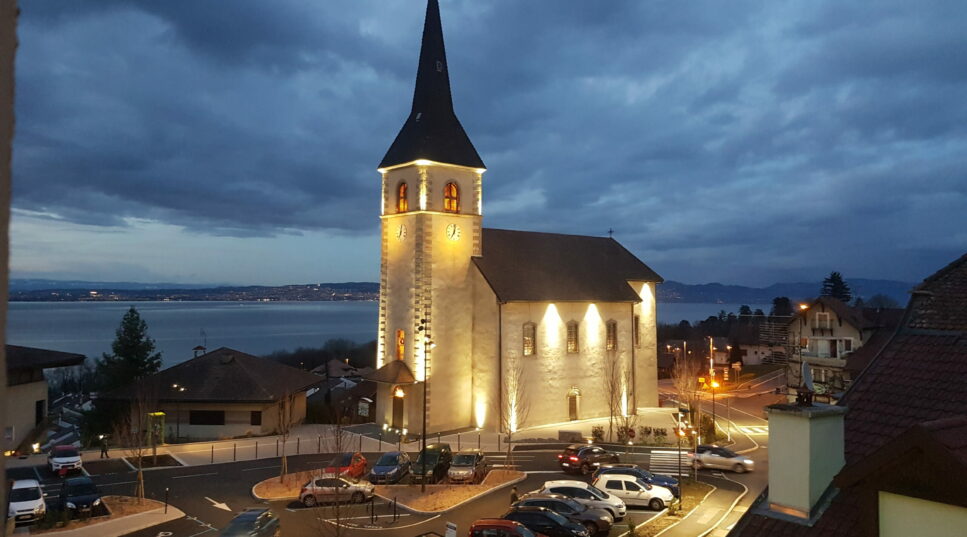
The church of Publier proudly overlooks the wonderful Lake Geneva. Built in the Sardinian neoclassical style between 1826 and 1831, it recently underwent a major renovation. It now has a more contemporary look.
More information about Saint Ferreol and Ferjeux chuch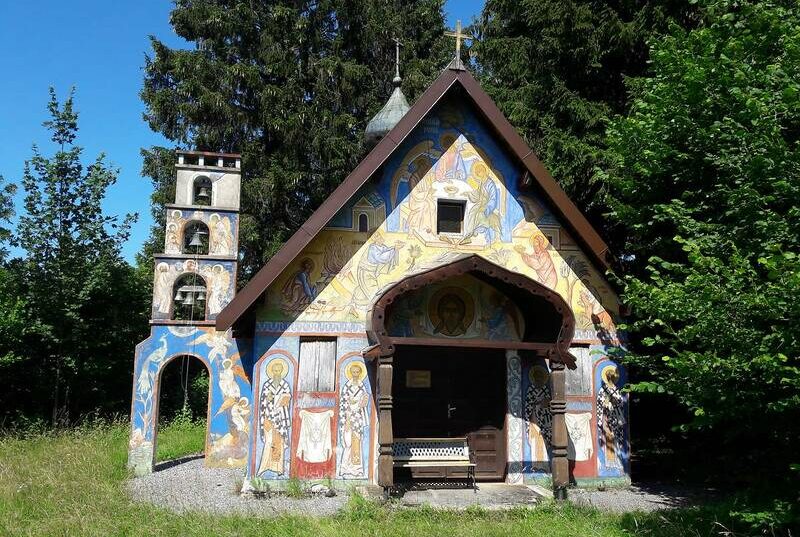
The Chapel was entirely decorated by Father Igor, a world-renowned specialist in iconography, and his students.
More information about Darbon orthodox chapel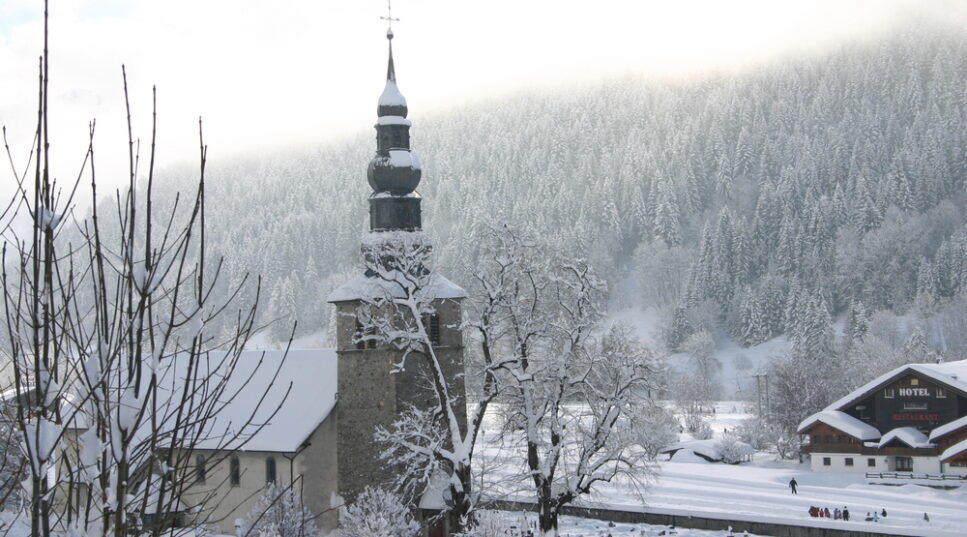
They started building the Saint-Maurice church in the 14th century and finished in the 18th century. The current building is a reconstruction of the 19th century Sardinian era, restored in 2008.
More information about Saint Maurice Church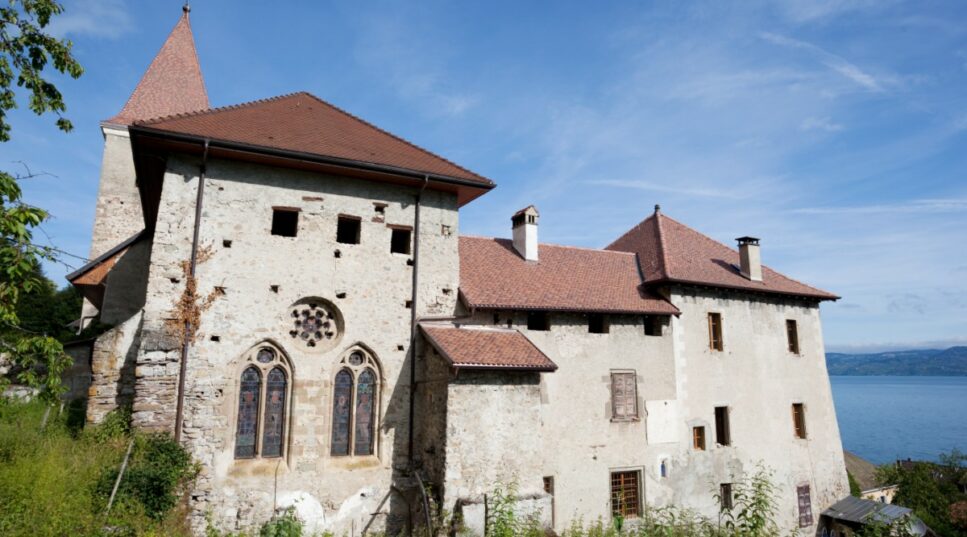
Where the Meillerie parish church stands today a priory was founded by Saint-Augustin canons in the Middle Ages, dependent on the Grand Saint-Bernard Hospice. The bell tower and church chancel are registered as historic monuments.
More information about Meillerie Priory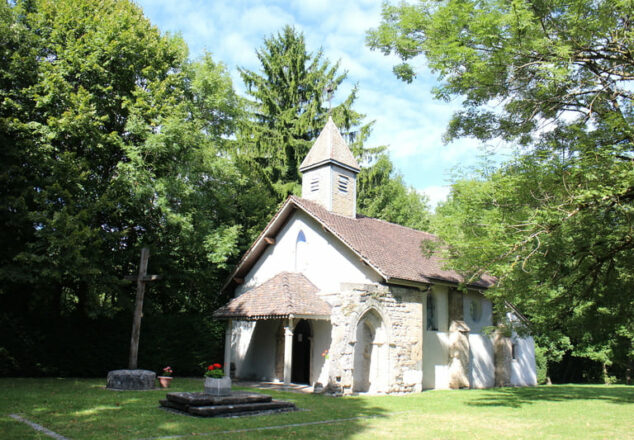
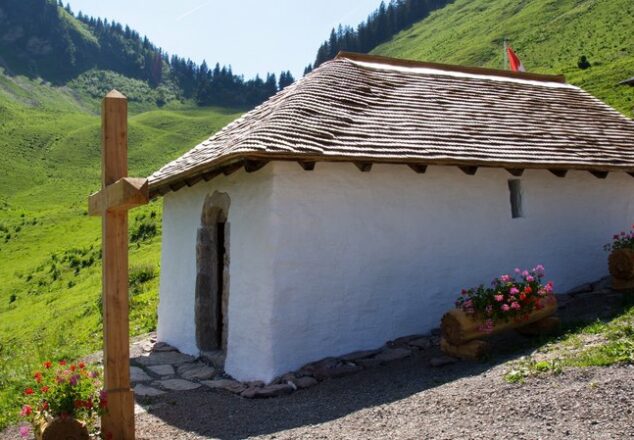
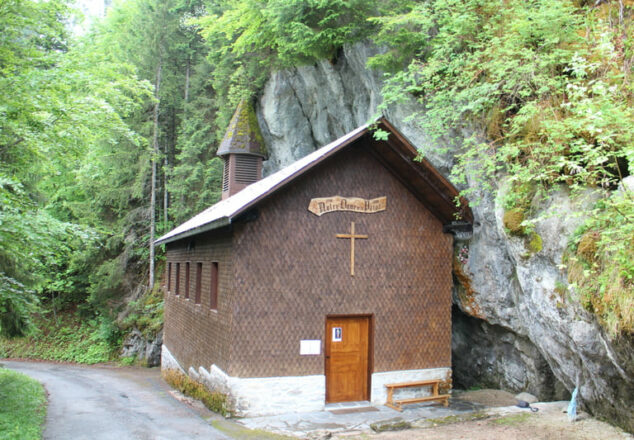
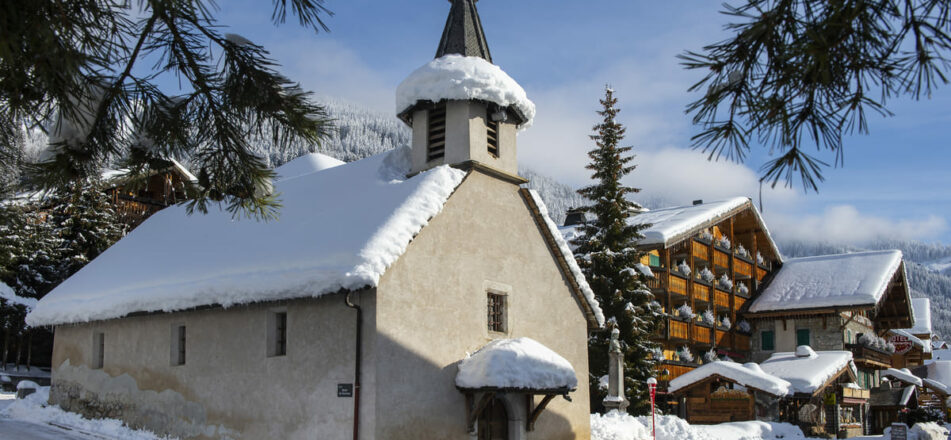
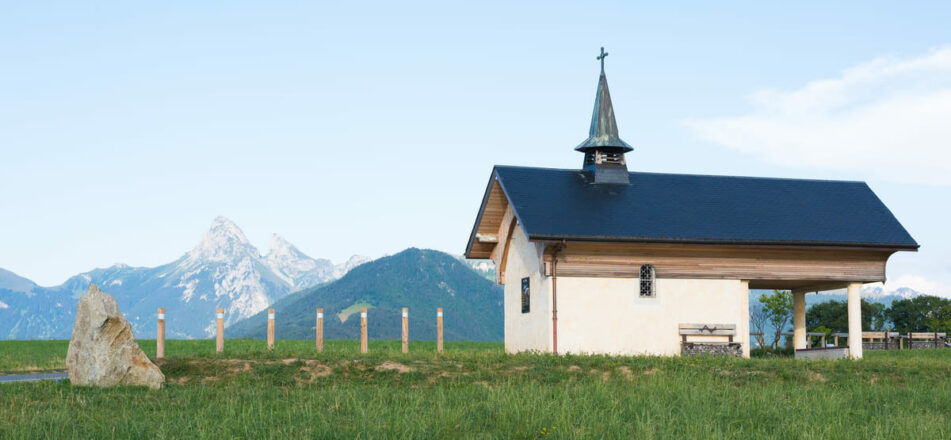
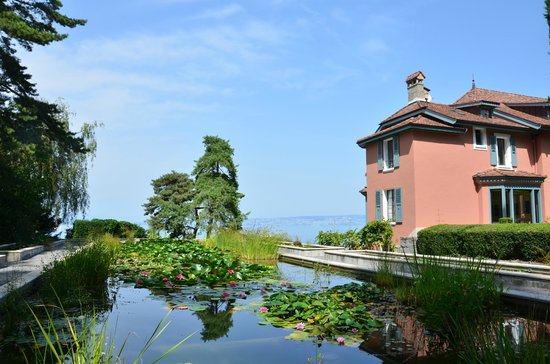
Sitting on the edge of the lake at the east entrance to Publier, there is a charming colonial style house dating back to 1870 at the foot of which a wooded park spreads out over 3.5 hectares and was restored by the landscaper Laurent Daune. This is a unique site for discovering the beauty of the wetlands. Visits in an electro-solar powered boat that leaves from Évian. Its water gardens were awarded the title “Remarkable Garden” in 2005.
It is designed around various ecosystems: a stream, pond, marshland, wetlands and a delta that shelters wildlife and flora as unique as they are varied. There are a multitude of perennials where amphibians and aquatic insects proliferate.
Every year new species appear (fire salamanders, green frogs).
This site is accessed uniquely by solar-powered boat.
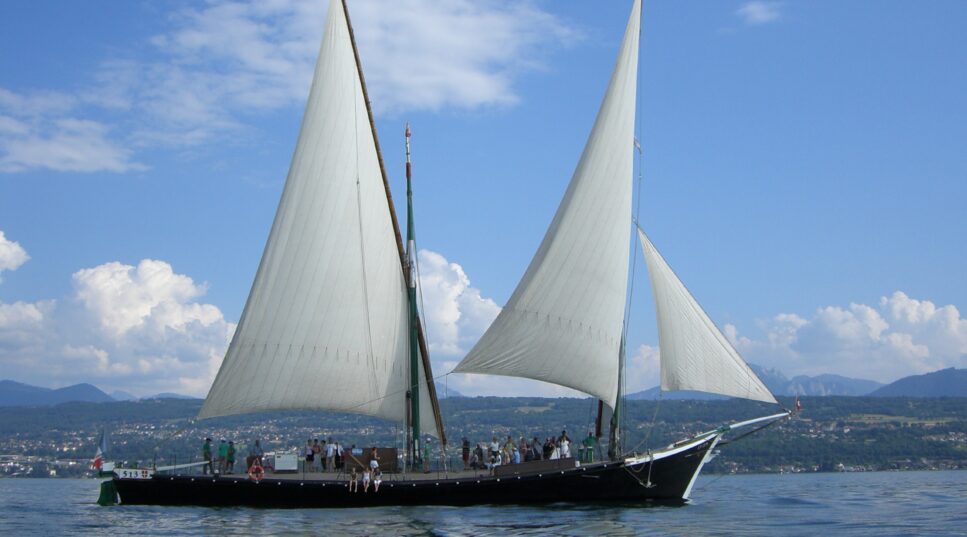
Discover what it’s like to sail on the wolrd’s largest lateen-rigged boat, La Savoie, a replica of a boat built in 1896 at Belote near to Geneva by Prudent Borcard for the Peray de Meillerie family where she had her home port.
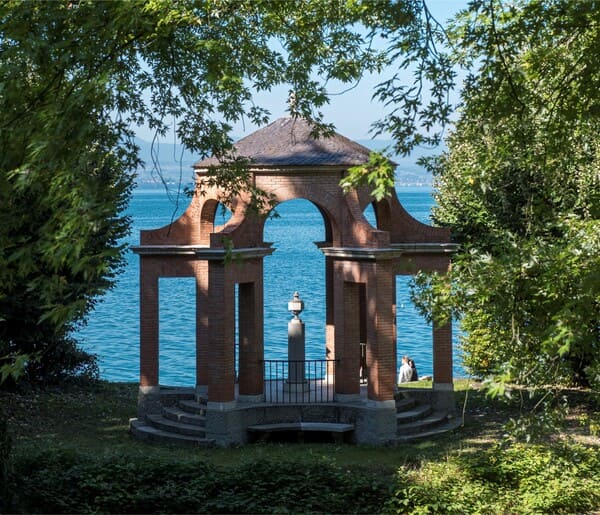
Following the death of the poet Anna de Noailles, her friends had a votive temple designed by the architect Emilio Terry and built in the Bassaraba Villa gardens at the water’s edge.
This small, open, pink-coloured stone temple is made up of six double pillars arranged in a circle united with a conical-shaped roof – similar to a Temple of Love – sheltering a central column holding a gilded urn. Inscribed on the urn is the beginning of her famous poem “Paradis à Amphion” (Paradise in Amphion), that she wrote to be engraved in her temple: “Stranger, who will come when I am dead, Contemplate my Lake Geneva, Allow my fervor, henceforth urges thee, To deeply love what I see.”
The votive garden (open to the public) goes down to the lakeside.
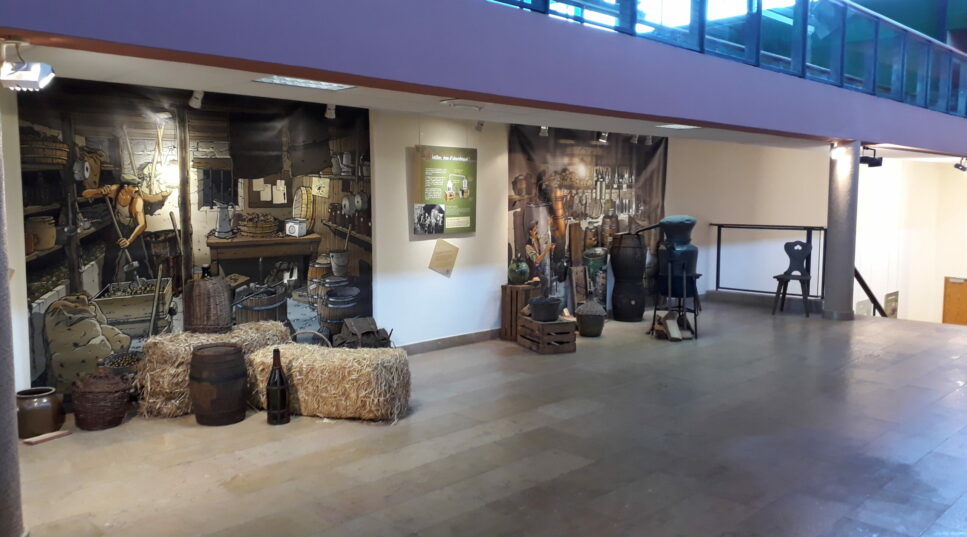
A municipal exhibition centre hosting numerous artists, cultural events and entertainment throughout the year.
It is located in the Cité de l’Eau’s sports centre in Publier.
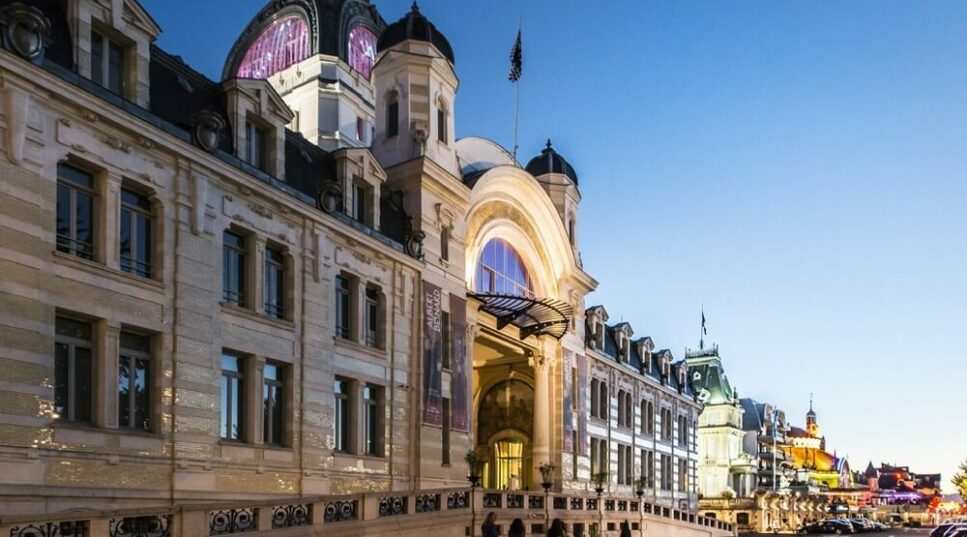
This jewel of Évian heritage was formerly a thermal baths, and is home to an exhibition space and an internationally renown convention centre.
Numerous exhibitions are held here every year.
Guided tours are organised daily.
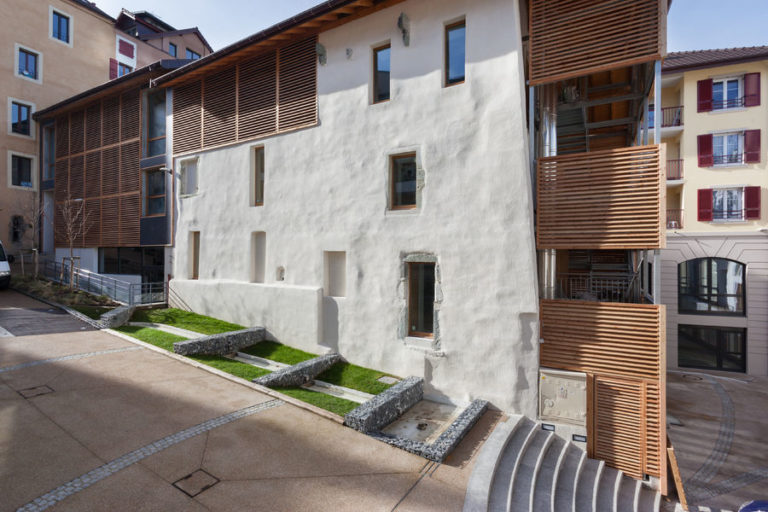
A testimonial to Évian’s past, the Maison Gribaldi is designed to showcase the historical and municipal iconographic archives.
Discover the exhibition programme by clicking on the link below.
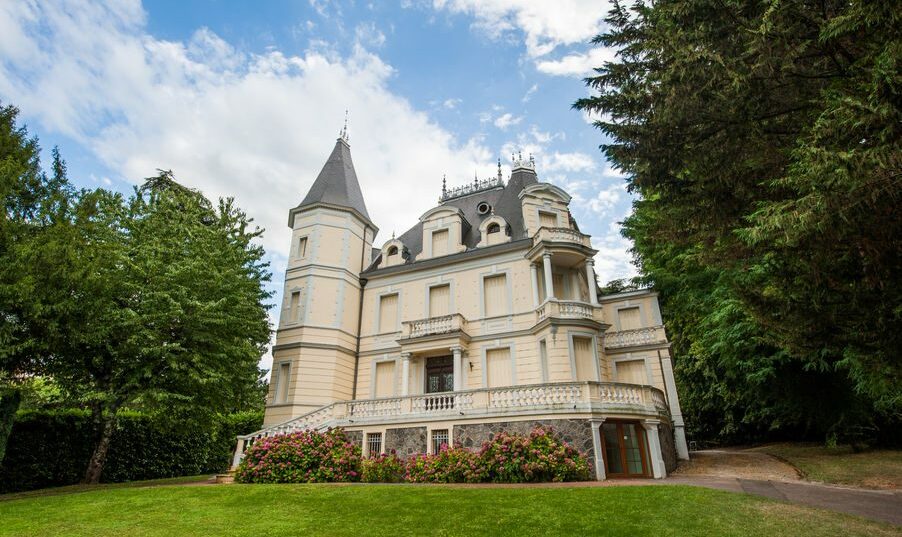
Built around 1900 for Charles Taillefer, counsel for the French Embassy in London, then it was integrated into the Châtelet spa complex, this large villa with a turret has everything you would imagine in a small castle.
It is accessed along a dramatic balcony entrance built high above the vast cellars and basements built using the natural sloping land. The facade has an array of balconies, columns with ornate tops and bay windows overlooking Lake Geneva.
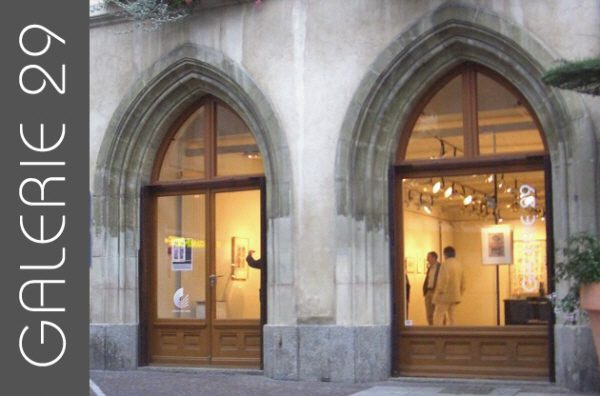
The Galerie 29 is a contemporary art space is located in one of the oldest monuments in the town centre. It holds exhibitions throughout the year and also organises educational and cultural excursions.
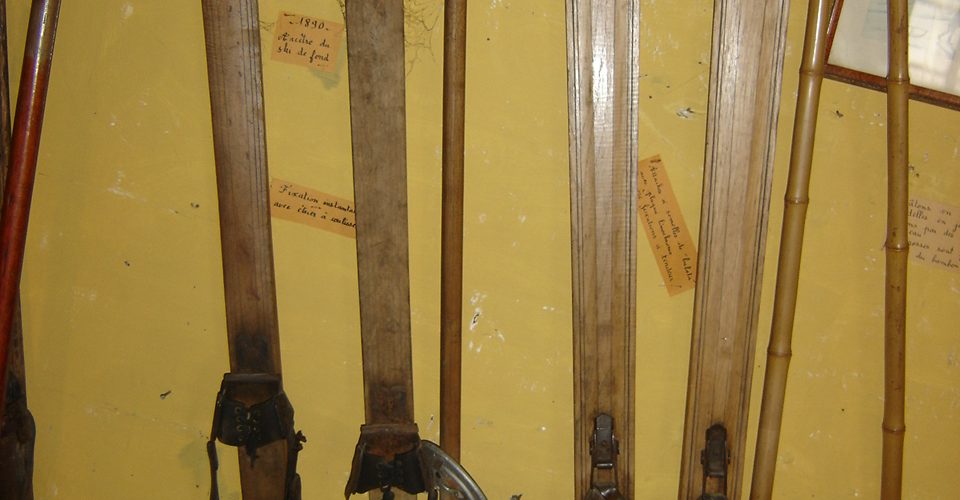
How were skis first made? Who were the first people to use skis? Bindings made from chamois skin, from sledges to snowshoes, techniques and equipment have evolved to go increasingly faster and with more safety.
Established in an 18th century farm, this impressive collection of old skis in La Chapelle d’Abondance ski museum highlights the inhabitants’ traditional lifestyle and the evolution with the arrival of winter sports in the valley.
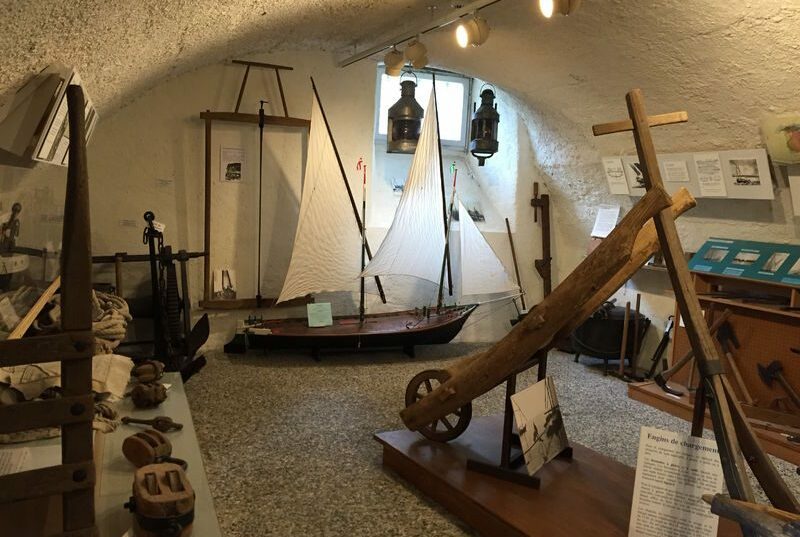
Housed in a 16th century chateau in the heart of the historic village of Saint-Gingolph, the Musée des Traditions et des Barques du Léman (Museum of Traditions and Barques of Lake Geneva) invites you to discover the life and activities of the village in the days of the barques.
The museum presents objects and documents on the cochères, (small transport boats), and the barques du Léman, (ancient cargo boats with large and beautiful lateen sails), the symbols of Lake Geneva’s heritage. Saint-Gingolph was the main boat-building site for Lake Geneva barques.
Gently push open the door to Châtel’s old customs office to shed an interesting new light on the region.
Surprising stories await you from when smugglers and custom officers, otherwise known as “gabelous”,
played a real game of cat and mouse on the French-Swiss border!
Young and old alike can immerse themselves in this clandestine world thanks to a fun and abundantly illustrated exhibition,
where you will follow in the footsteps of fraudsters lured by profit or the taste of adrenalin rushes!
From salt trafficking in the 18th century to the decline of local smuggling in the wake of tourism development,
drawings, archives, and anecdotes reveal an original approach to the history of the Chablais mountains.
Here is the full list of all the cultural sites to visit in the pays d’Évian-vallée d’Abondance region.